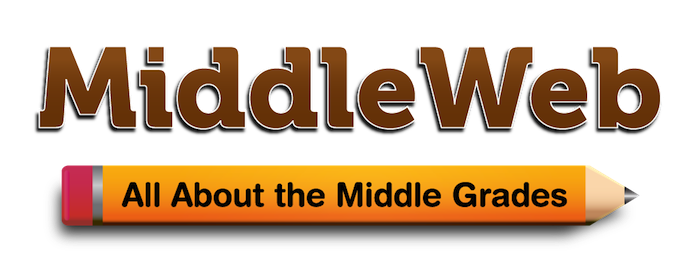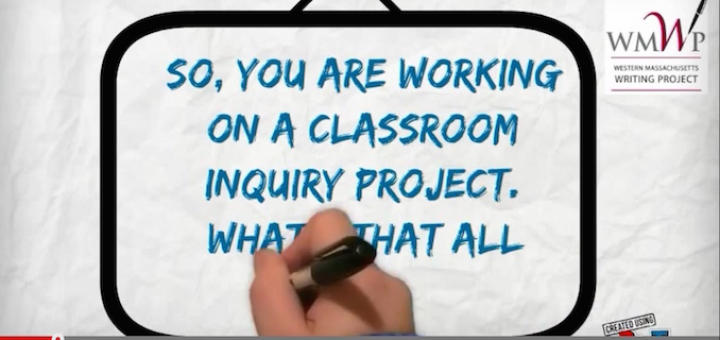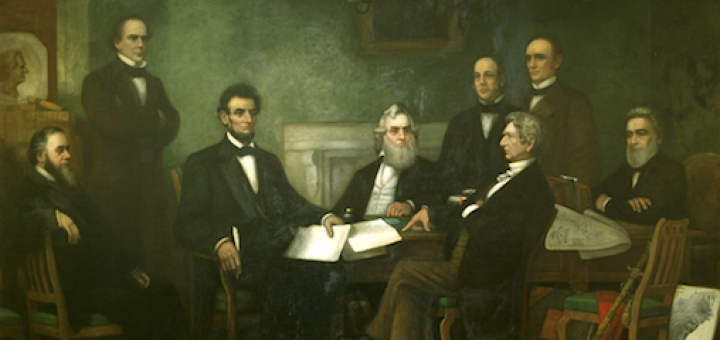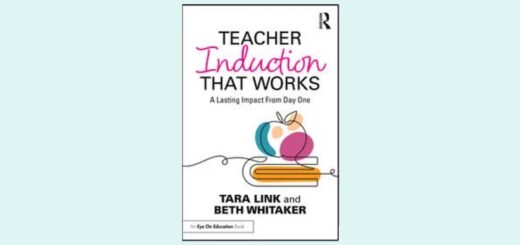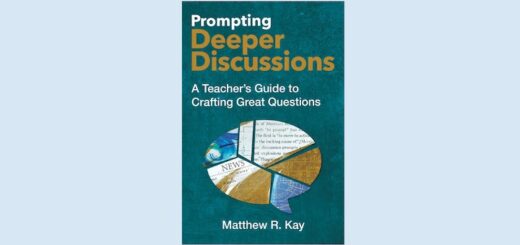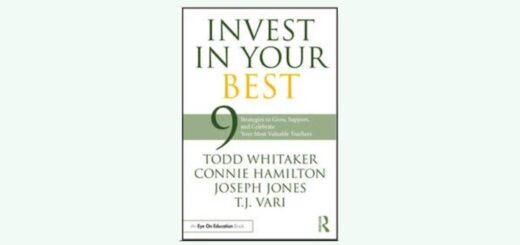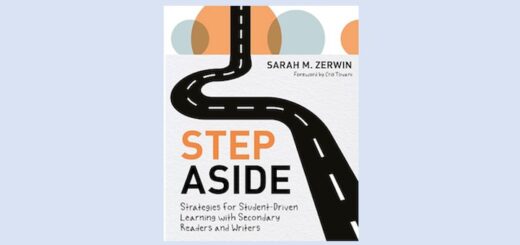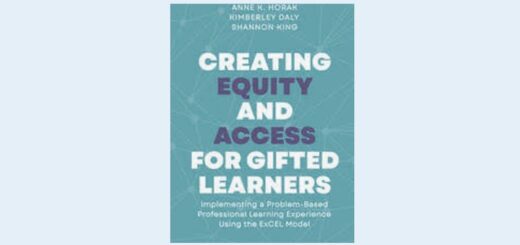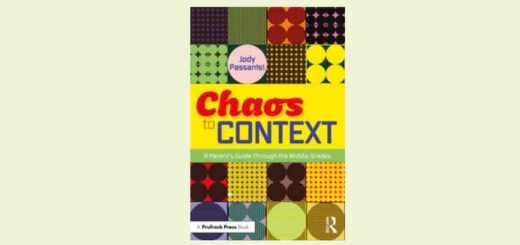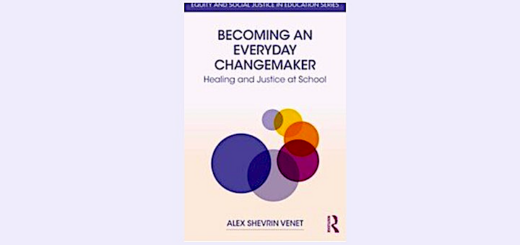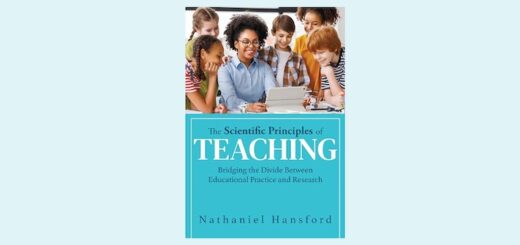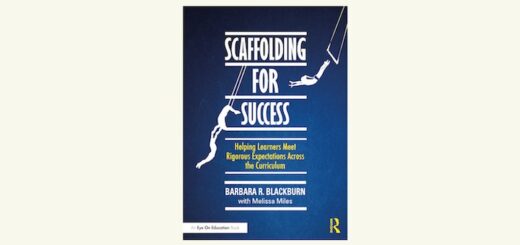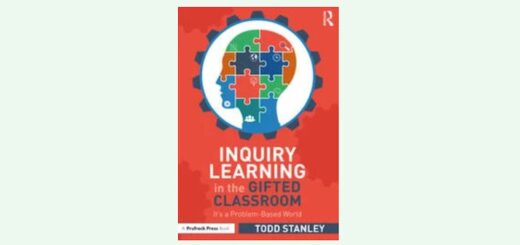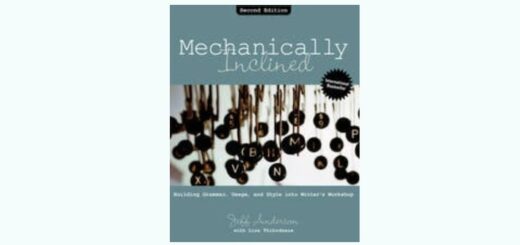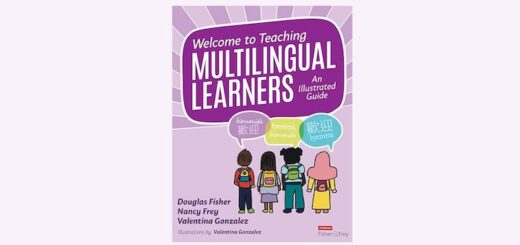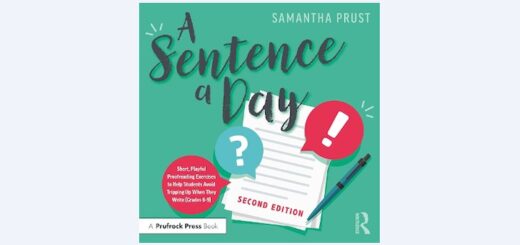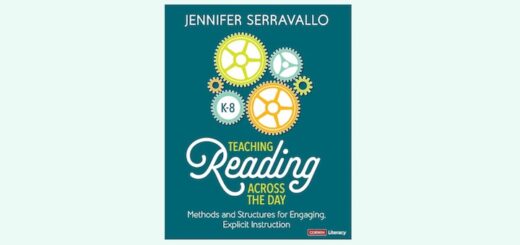Teaching and learning in grades 4-8
Whether a tragedy is recent or ancient, death is an unfortunate staple in social studies classes, writes history educator Lauren Brown. The challenge for MS teachers is to treat tragic events sensitively while helping students grasp the historical import.
When reading strategies include a series of actionable steps, students can follow them as they learn to master skills. Using the teaching of tying shoes as an analogy, literacy expert Jennifer Serravallo offers examples of the kinds of supports teachers can offer learners as they travel the path to automaticity.
In Lessons and Units for Closer Reading, Nancy Boyles dives into curriculum design, explaining the creation of units starting with a theme, an author, a genre, and more. Reviewer Jennifer Wirtz appreciates the book’s usefulness to middle grades teachers.
In What Schools Don’t Teach, the authors provide strategies to make reasonable changes within our own classrooms that will help students grow the skills, attitudes and characteristics they need to be successful in a changing world, says Laura Von Staden.
Common Core Sense: Tapping the Power of the Mathematical Practices supports the incorporation & implementation of the Mathematical Practices into daily teaching. It features real teachers, real examples, and real student reflections, says reviewer Linda Biondi.
The first step toward gamifying your classroom can be as simple as taking the “ew” out of “review” with these helpful game-oriented apps, selected and described by tech integration expert Curtis Chandler. Included: Quizizz, Kahoot, Classcraft and Class Dojo.
Kevin Hodgson joins two middle level colleagues to share a cross-school collaboration supported by the National Writing Project that engaged teachers in investigating how to use writing strategies and inquiry learning with students in all content areas.
Author and former middle level school leader Frank Buck spends his professional life helping fellow educators manage themselves and their work in ways that maximize performance and benefit students. Buck shares three practical ideas to organize the new school year.
Sarah Cooper emerged from her summer study of Emancipation thinking about the surprises and challenges presented by primary sources. She explores several options that could help students understand sources with antiquated language and complex structure.
Teachers in K-12 will find lots to use among David W. Booth’s strategies for increasing comprehension. Based in his research, Booth’s focus is on 10 modes for understanding texts. His lessons incorporating the arts are particularly helpful, says ELA teacher Julia K. Colombo.
